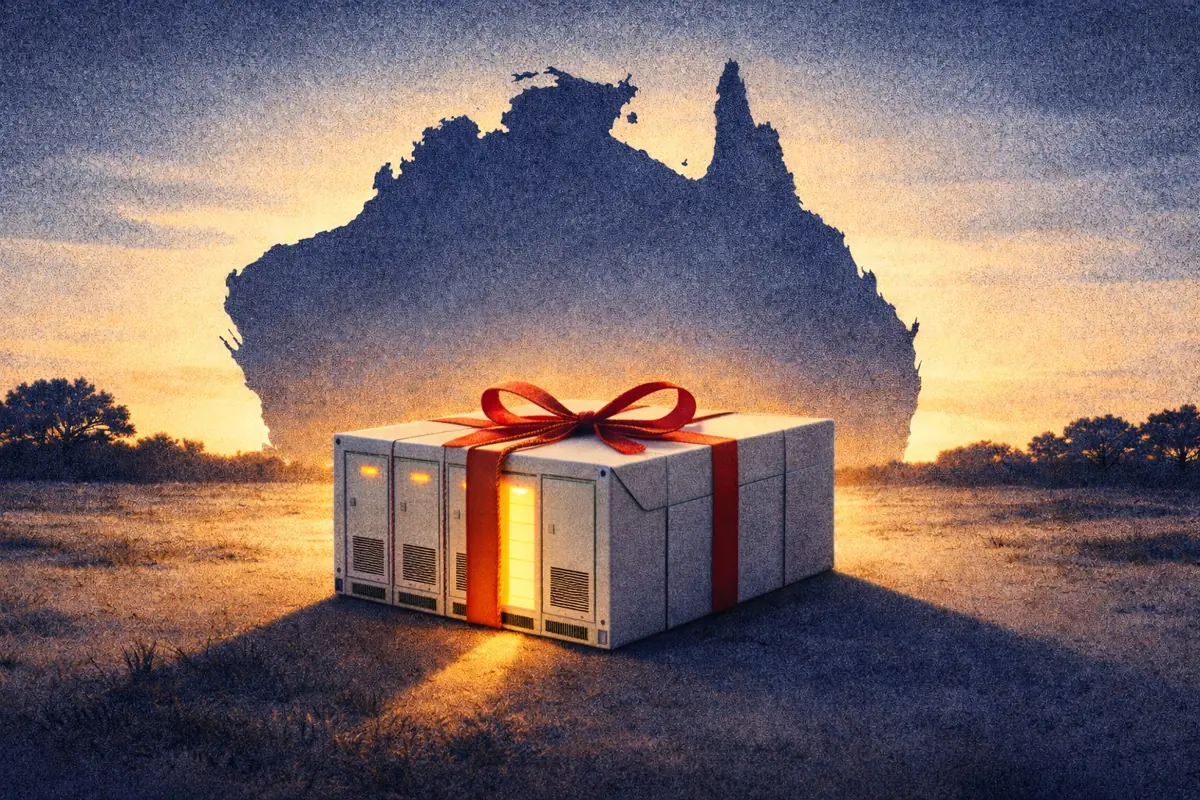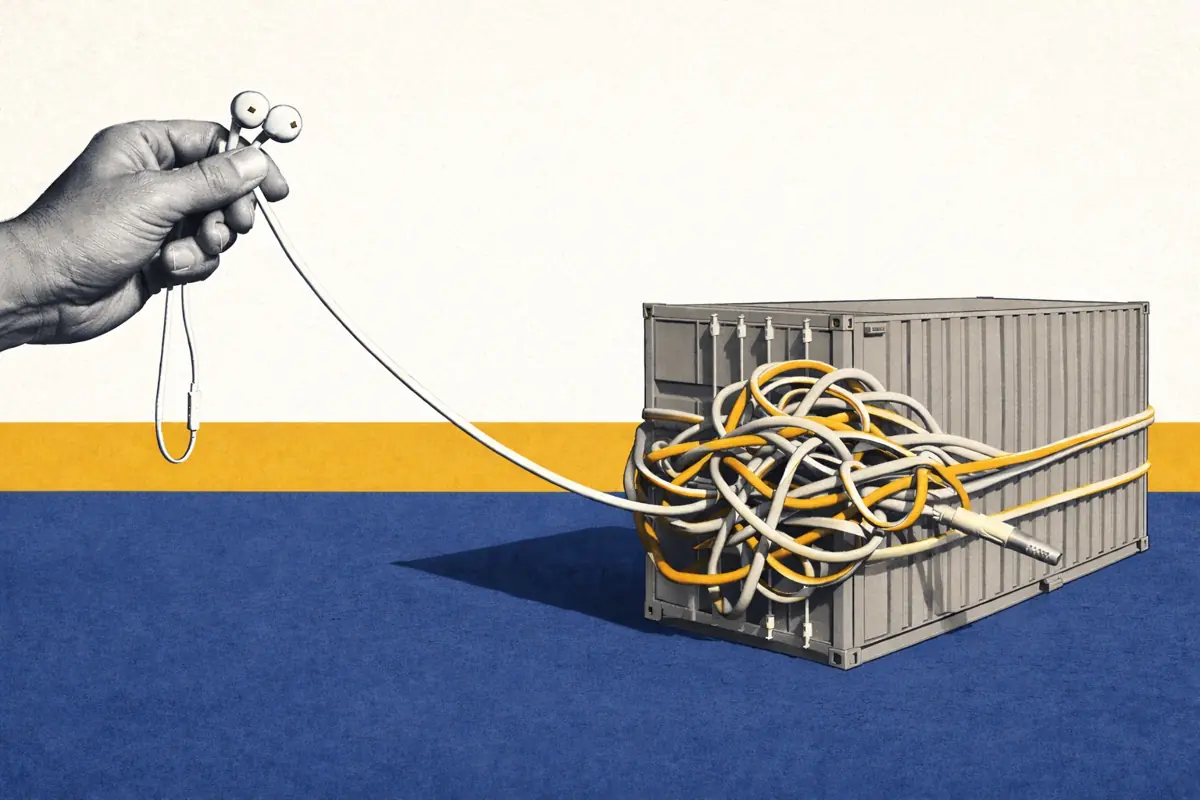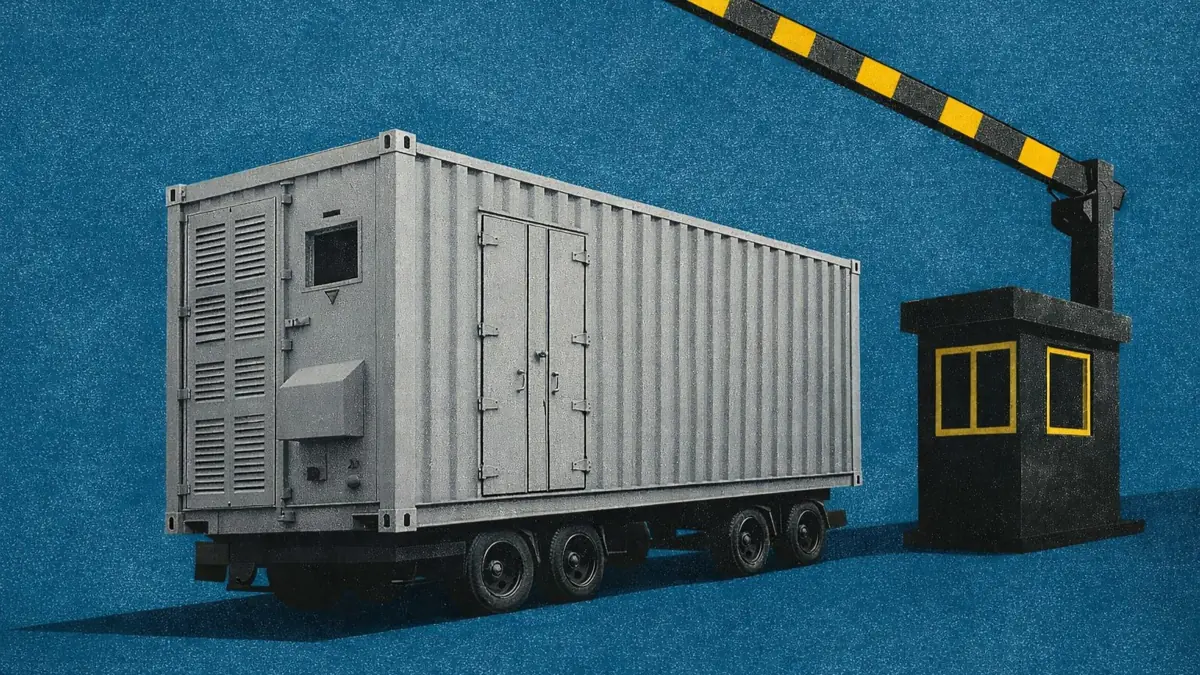Quick Reserve: First day in review
Executive Summary
- On December 3rd, batteries secured 95% of all Quick Reserve contracts in the first auction.
- Prices were highly volatile, and hit NESO’s price caps in both services.
- Quick Reserve contributed 6% of total battery revenue on December 4th.
Subscribers to Modo Energy’s Research will also find out:
- Which participants became the largest providers of Quick Reserve - and what this means for future auctions.
- Why price caps and dynamic volume requirements limited the total accepted volume on day one.
- Whether gas-fired peakers will enter the market and push down battery revenues - as seen in Balancing Reserve.
To get full access to Modo Energy’s Research, book a call with a member of the team today.
Introduction
The first Quick Reserve auction took place on December 3rd 2024, and batteries provided 95% of the service. Quick Reserve is the second service that aims to procure firm reserve in advance that NESO launched in 2024. This follows the launch of Balancing Reserve in March 2024.
Here’s what did the first day of the new service meant for batteries in Great Britain.
Batteries provided 95% of accepted Quick Reserve volume
Already a subscriber?
Log in







